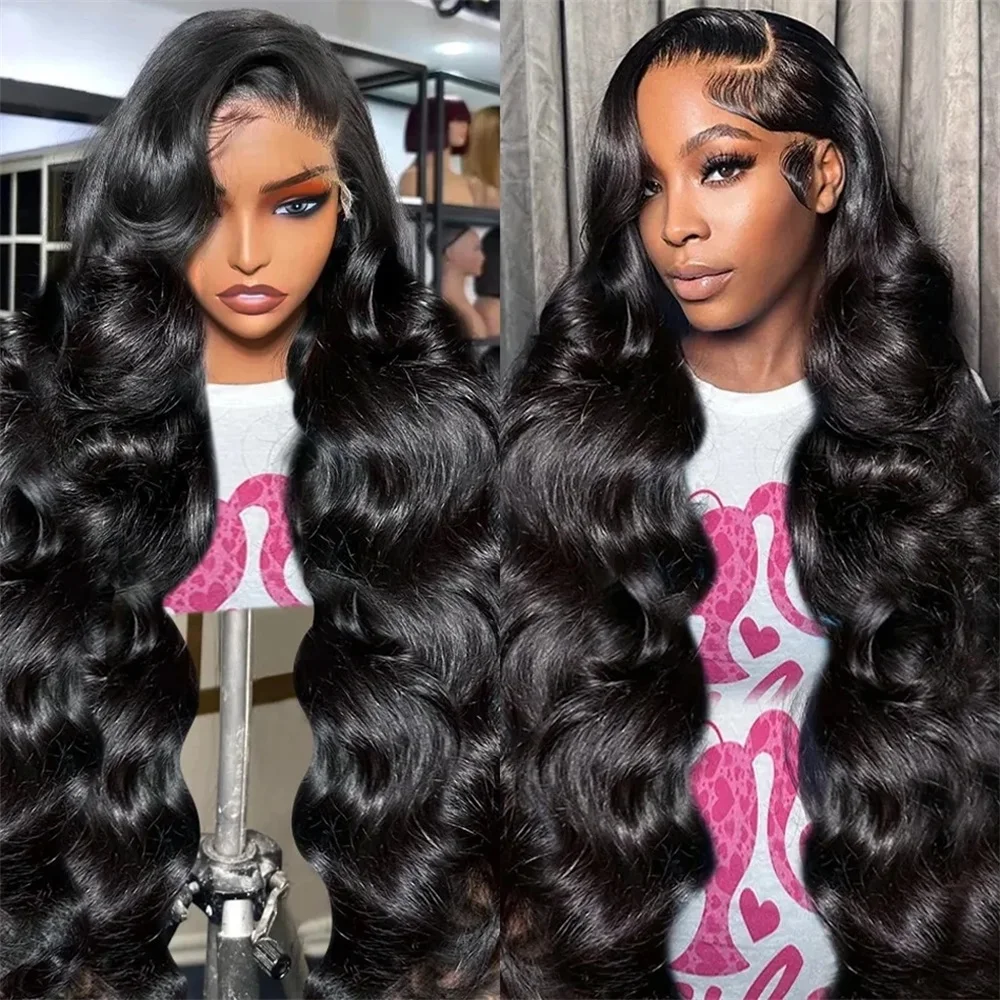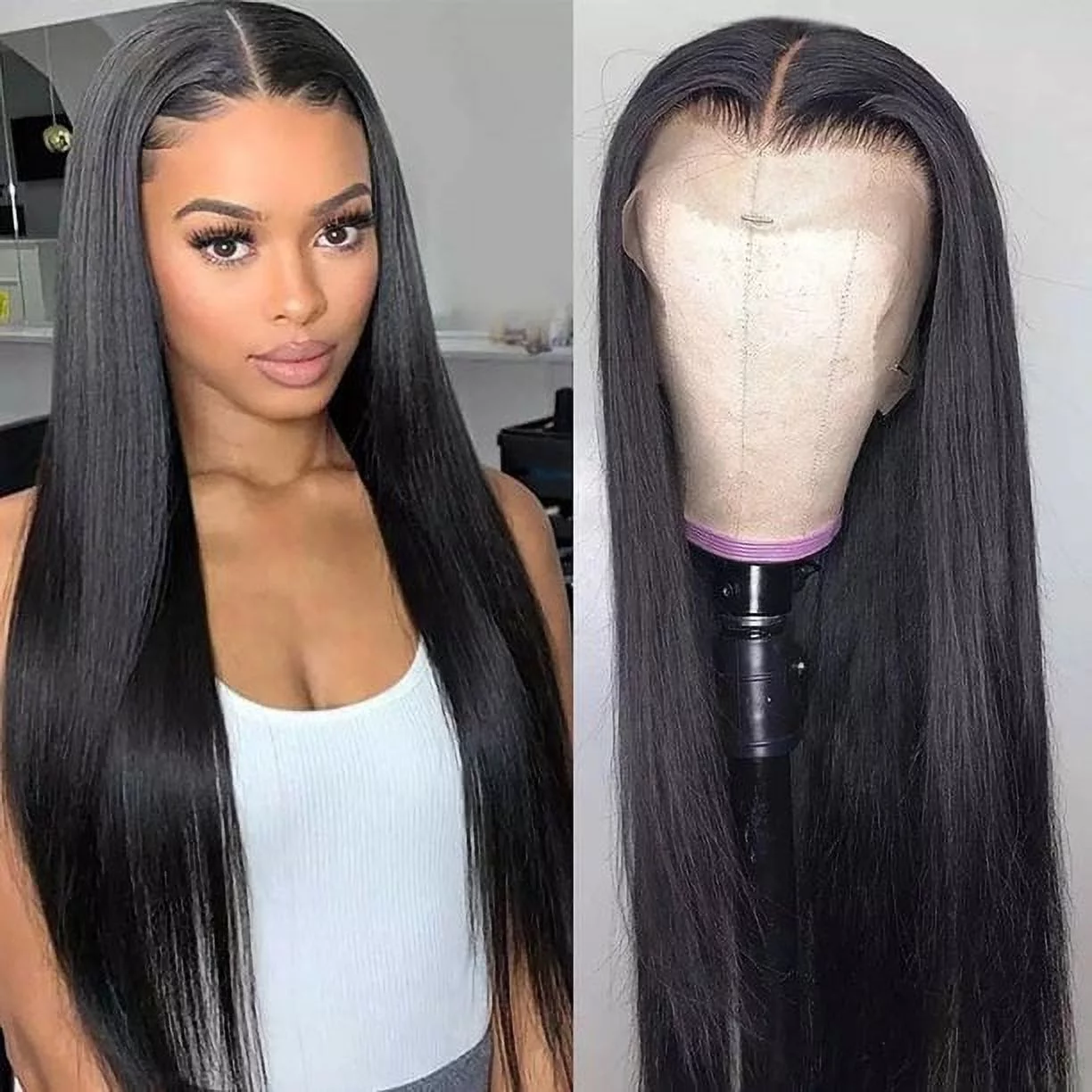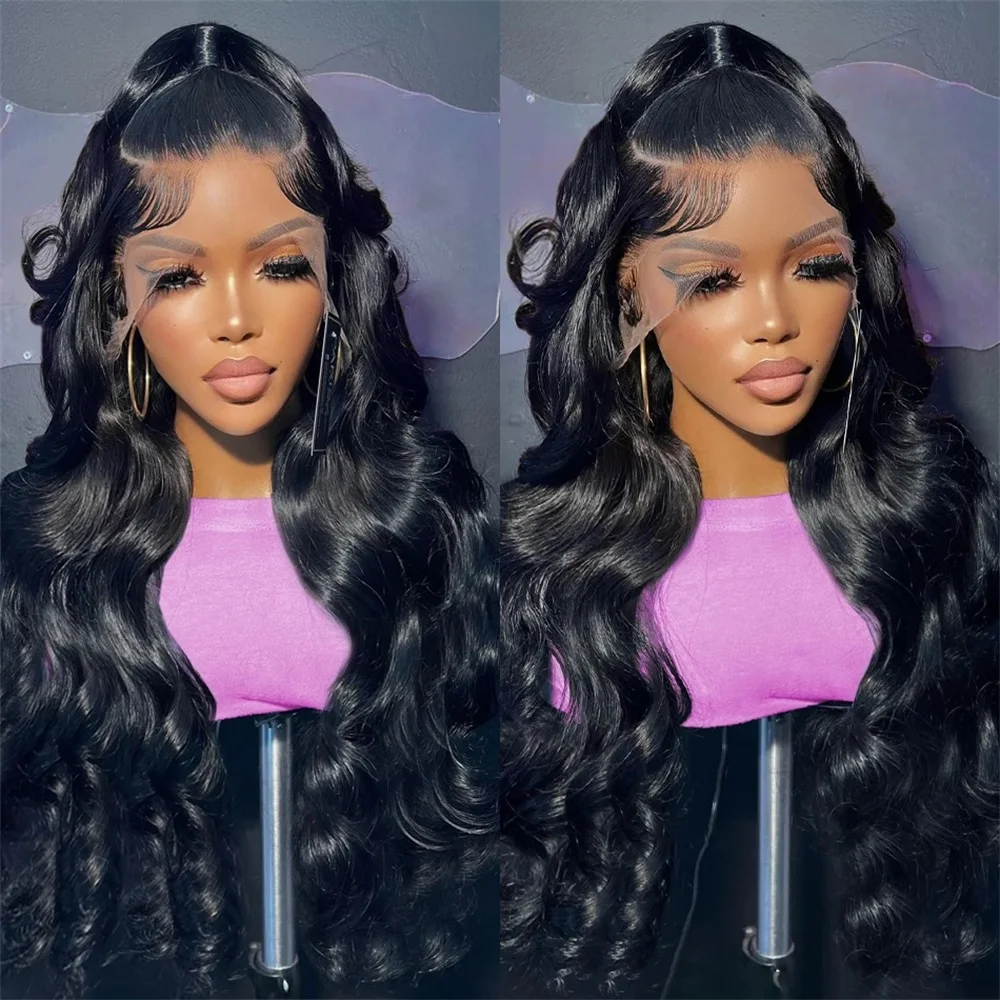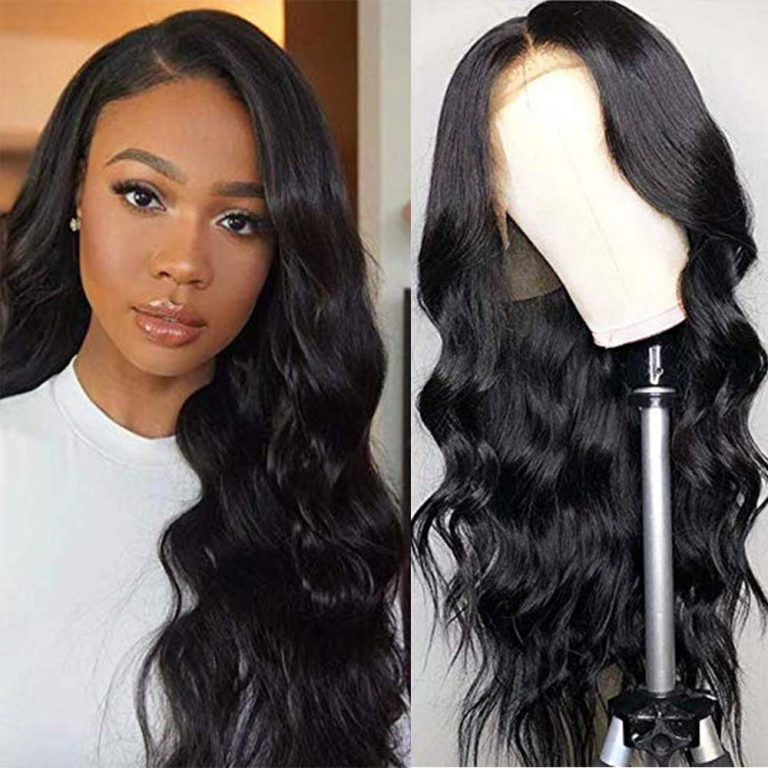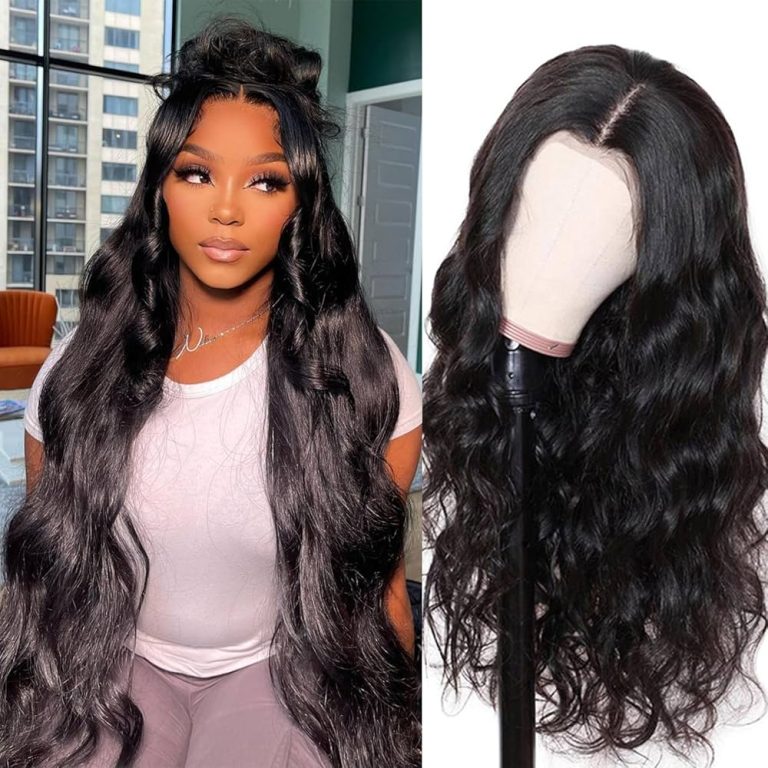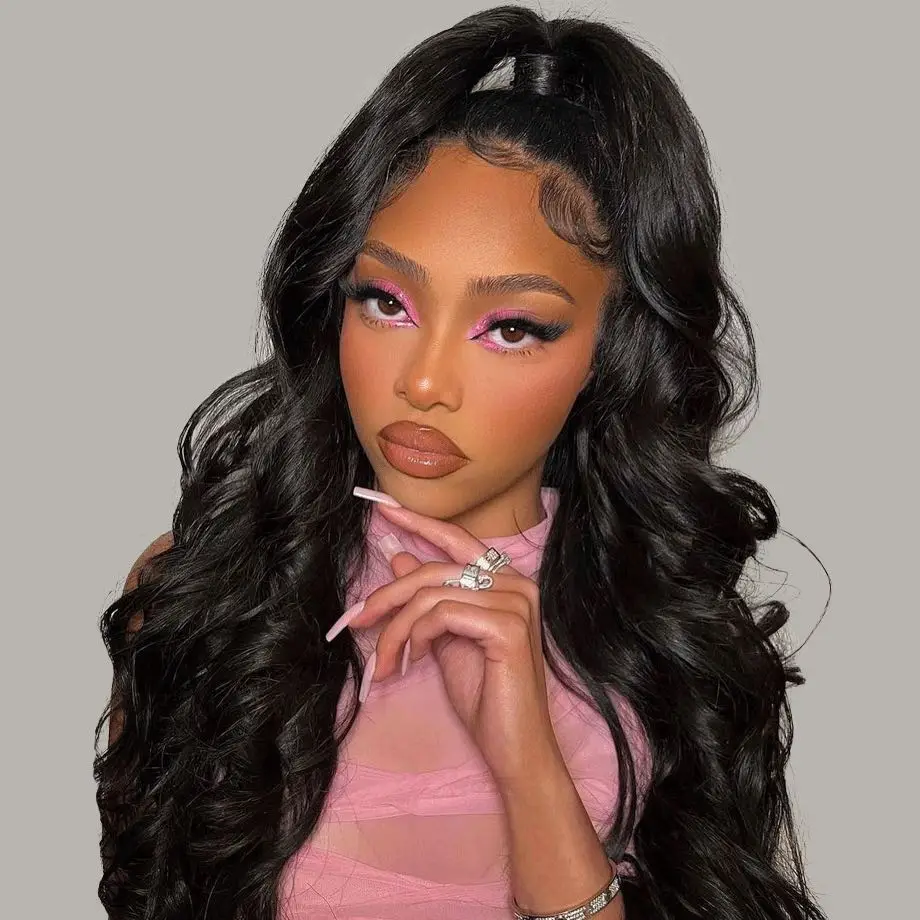
Unlocking the Secrets of Frontal Wig
Unlocking the Secrets of Frontal Wigs: A Comprehensive Guide
Frontal wigs have revolutionized the world of hair enhancements, offering wearers a natural-looking hairline and versatile styling options. These innovative hair pieces feature a lace or silk base that extends from ear to ear across the forehead, mimicking the natural growth pattern of hair. Frontal wigs provide full coverage and allow for parting and styling flexibility that surpasses traditional wigs. As the demand for realistic and customizable hair solutions grows, frontal wigs have emerged as a popular choice for those seeking to enhance their appearance, conceal hair loss, or experiment with different looks. This comprehensive guide will explore the various aspects of frontal wig, from their construction and benefits to styling tips and maintenance.
Understanding Frontal Wigs: Construction and Materials
Frontal wigs consist of two main components: the frontal piece and the wig cap. The frontal piece, typically made of lace or silk, measures about 13 inches wide and 4 inches deep. This piece forms the hairline and allows for natural-looking partings. The wig cap, attached to the frontal piece, covers the rest of the head and can be made from various materials such as wefted hair, monofilament, or a combination of both.
Human hair remains the preferred choice for frontal wigs due to its natural appearance and versatility in styling. However, high-quality synthetic options have also gained popularity for their durability and lower maintenance requirements. The construction of frontal wigs involves meticulous hand-tying of individual hairs to the lace or silk base, creating a realistic and natural-looking hairline that can be customized to suit the wearer’s preferences.
Benefits of Choosing Frontal Wigs
Frontal wigs offer numerous advantages over traditional wigs and other hair enhancement methods. The most significant benefit lies in the natural-looking hairline they provide, which allows wearers to style their hair away from the face without revealing the wig. This feature proves particularly valuable for those experiencing hair loss or thinning along the front hairline.
Frontal wigs also offer unparalleled versatility in styling, enabling wearers to create various partings and updos that might be challenging with standard wigs. The breathable nature of the lace or silk base enhances comfort during extended wear, reducing scalp irritation and heat buildup. Additionally, frontal wigs can be customized to match the wearer’s natural hair color, texture, and density, ensuring a seamless blend with existing hair or creating an entirely new look. These benefits make frontal wigs an attractive option for individuals seeking a natural and flexible hair enhancement solution.
Choosing the Right Frontal Wig: Factors to Consider
Selecting the perfect frontal wig involves considering several key factors to ensure the best fit and appearance. Hair type plays a crucial role, with options ranging from straight and wavy to curly and kinky textures. The choice of hair type should complement the wearer’s facial features and desired style. Cap size and construction also require careful consideration to ensure a comfortable and secure fit.
Wearers must measure their head circumference and choose a wig that matches their measurements. The density of the wig, which refers to the amount of hair on the cap, should be selected based on personal preference and the desired level of volume. Color selection proves vital in achieving a natural look, with many opting for wigs that match their natural hair color or choosing a new shade for a dramatic change. Lastly, the type of lace used in the frontal piece (Swiss lace, HD lace, or transparent lace) affects the wig’s appearance and durability, making it an important factor in the decision-making process.
Installation Techniques for Frontal Wigs
Proper installation of a frontal wig ensures a natural appearance and secure fit. The process begins with preparing the natural hair by braiding it flat against the scalp or using a wig cap to create a smooth base. Next, the lace of the frontal piece requires careful trimming to match the wearer’s natural hairline. Applying a thin layer of adhesive or tape along the hairline secures the frontal in place. For a more permanent installation, some wearers opt for sew-in methods, attaching the wig to braided natural hair using needle and thread.
After securing the frontal, blending it with any visible natural hair creates a seamless transition. Styling the baby hairs along the hairline adds to the natural appearance of the wig. Many wearers choose to have their frontal wigs professionally installed to ensure the best results, especially for long-term wear. However, with practice and the right techniques, self-installation becomes a viable option for those seeking more flexibility in their hair routines.
Styling Versatility of Frontal Wigs
The true beauty of frontal wigs lies in their styling versatility. Wearers can part the hair in multiple directions, create updos, and even pull the hair back into ponytails or buns without revealing the wig. Heat styling tools like flat irons, curling wands, and blow dryers can be used on human hair frontal wigs to achieve various looks, from sleek straight styles to voluminous curls.
However, it’s crucial to use heat protectant products and maintain moderate temperatures to preserve the wig’s quality. For those seeking a change without heat, roller sets and braid-out techniques offer heatless styling options. The frontal’s natural-looking hairline allows for styles that expose the forehead, such as side-swept bangs or slicked-back looks. Accessories like headbands, clips, and scarves can be incorporated to add flair to frontal wig styles. This versatility enables wearers to change their look frequently, experimenting with different styles that might be challenging or impossible with their natural hair.
Maintenance and Care for Longevity
Proper maintenance of frontal wigs extends their lifespan and maintains their natural appearance. Regular washing is essential, with frequency depending on wear and exposure to environmental factors. Gentle, sulfate-free shampoos and conditioners designed for wigs help preserve the hair’s quality and the lace’s integrity. Deep conditioning treatments every few weeks keep the hair soft and manageable.
Detangling should be done carefully, starting from the ends and working up to the roots using a wide-toothed comb or specialized wig brush. Storing the wig on a wig stand or mannequin head when not in use prevents tangling and maintains its shape. For long-term storage, keeping the wig in a cool, dry place away from direct sunlight prevents color fading and texture changes. Avoiding sleeping or showering while wearing the wig reduces wear and tear. With proper care, a high-quality frontal wig can last six months to a year with regular wear, and even longer with less frequent use.
Addressing Common Concerns and Challenges
While frontal wigs offer numerous benefits, wearers may encounter certain challenges. One common concern involves maintaining the natural appearance of the hairline, especially with prolonged wear or after multiple installations. Regular maintenance of the lace front, including gentle cleaning and re-application of adhesive, helps preserve its natural look. Another challenge lies in matching the wig’s color and texture to natural hair for a seamless blend.
Working with a professional stylist or wig specialist can help in selecting and customizing a frontal wig that perfectly matches the wearer’s natural hair. Some individuals may experience scalp irritation or allergic reactions to adhesives used in wig installation. In such cases, exploring alternative installation methods or hypoallergenic adhesives can provide solutions. Lastly, the cost of high-quality frontal wigs and their maintenance can be a concern for some. However, many view this as an investment in their appearance and confidence, with the versatility and longevity of frontal wigs often justifying the expense.
The Impact of Frontal Wigs on Self-Esteem and Confidence
Frontal wigs have made a significant impact on the lives of many individuals, particularly those dealing with hair loss or thinning. By providing a natural-looking hairline and the ability to style hair freely, these wigs offer wearers renewed confidence in their appearance. For individuals undergoing medical treatments that cause hair loss, frontal wigs provide a way to maintain their preferred hairstyle during challenging times.
The psychological benefits extend beyond those with hair loss, as frontal wigs allow anyone to experiment with different hair colors, lengths, and styles without committing to permanent changes. This versatility empowers wearers to express themselves creatively through their hair, boosting self-esteem and allowing for greater self-expression. Many users report feeling more confident in social and professional settings when wearing a well-fitted and styled frontal wig, highlighting the profound impact that hair can have on overall well-being and self-perception.
The Future of Frontal Wig Technology
As technology advances, the future of frontal wigs looks promising. Innovations in materials science are leading to the development of even more realistic and durable lace fronts that can withstand frequent styling and extended wear. 3D printing technology may soon allow for the creation of custom-fit wig caps that perfectly match the wearer’s head shape and size, enhancing comfort and security.
Advancements in hair fiber technology are producing synthetic options that mimic the look and feel of human hair more closely than ever before, offering more affordable and low-maintenance alternatives. Smart wig technology, incorporating features like adjustable colors or built-in scalp cooling systems, may revolutionize the wig industry in the coming years. As the demand for natural-looking hair solutions continues to grow, ongoing research and development in frontal wig technology will likely yield even more innovative and user-friendly options for consumers.
Conclusion
Frontal wigs have transformed the landscape of hair enhancement, offering wearers unprecedented naturalness and styling versatility. From their construction using high-quality materials to the myriad of benefits they provide, frontal wigs stand out as a superior choice for those seeking to enhance their appearance or address hair loss concerns. The ability to create a seamless, natural-looking hairline opens up a world of styling possibilities, allowing wearers to confidently sport various hairstyles without fear of revealing their wig.
While the selection and maintenance of frontal wigs require careful consideration and effort, the boost in confidence and self-esteem they provide makes them a worthwhile investment for many. As technology continues to advance, the future of frontal wigs promises even more realistic and customizable options, further blurring the line between natural hair and hair enhancements. Whether used as a temporary style change or a long-term solution to hair loss, frontal wigs have secured their place as a valuable tool in the world of beauty and self-expression, empowering individuals to look and feel their best.
